Forget the Trends: How to Design a Living Room You’ll Actually Love for Years
I’ve been in the design world for a long time, and let me tell you, I have seen some wild styles come and go. Remember when every living room had to be a Tuscan villa with heavy textures and dark reds? Or that minimalist phase where everything was just fifty shades of gray? Trends are fun, but they make a terrible foundation for a home.
In this article
Your living room isn’t a showroom for the latest fad. It’s the backdrop for your actual life—it’s where you crash after a long day, host chaotic family holidays, and make memories. So, my whole approach isn’t about making a room look perfect for a photo. It’s about creating a space that works beautifully and just feels right for the people in it. That means looking past what’s popular and focusing on what truly lasts.
So, let’s skip the fleeting fads and get into the stuff that really matters. We’ll cover the practical side of laying out a room, how to pick materials that actually get better with age, and how to use color with purpose. This is the real-deal knowledge that forms the backbone of any successful design.
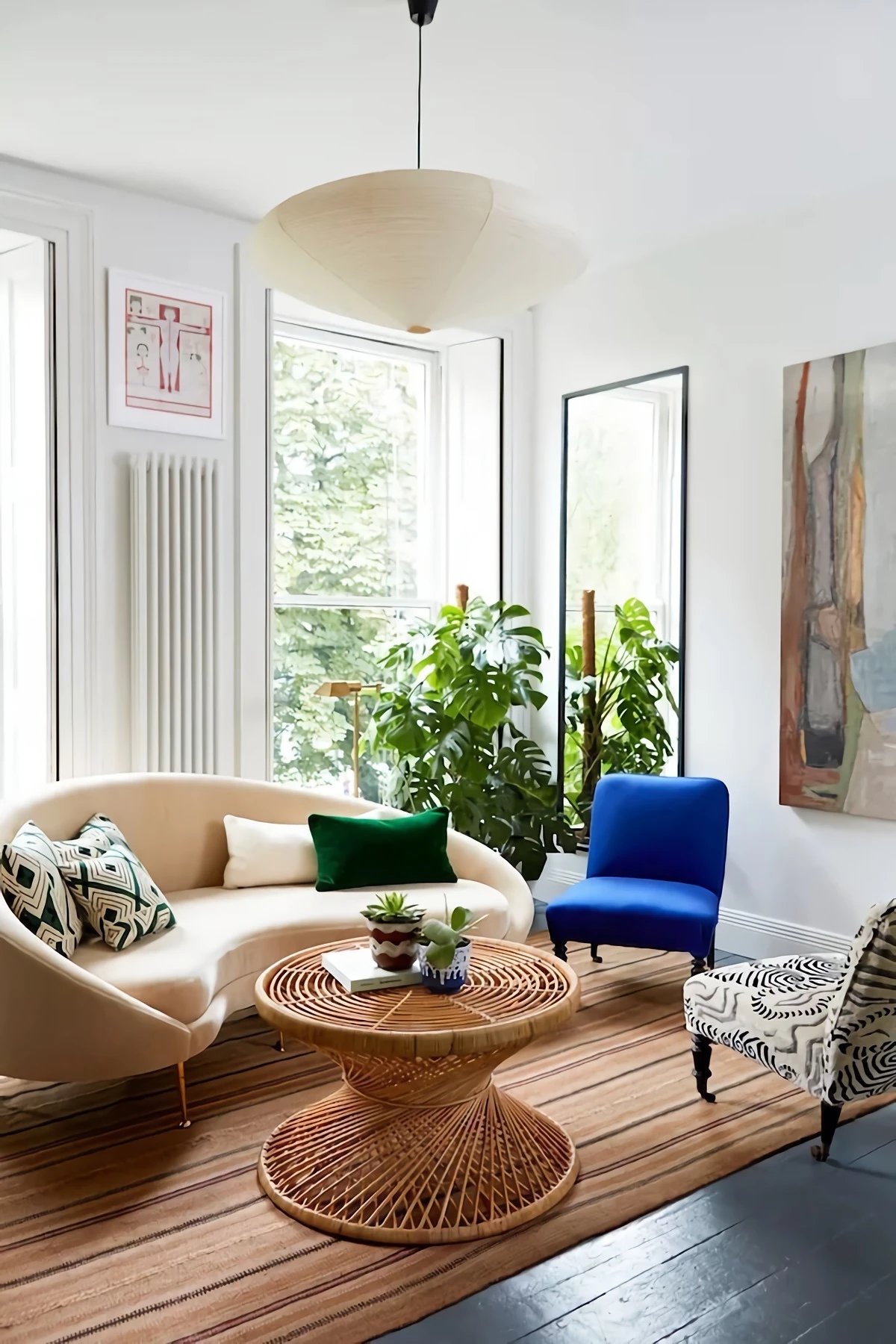
First Things First: Understand Your Room and How You Live
Before you even dream about a paint color or a sofa, you have to get to know the room itself. I’ve seen so many people fall into this trap: they buy furniture they absolutely love, only to discover it’s a total disaster in their space. A pro’s first step isn’t scrolling through inspiration boards; it’s grabbing a tape measure and a notepad.
The Real-World Logic of Flow and Function
Every room has invisible pathways people use to get from one door to another. Think of it as the room’s traffic pattern. A main walkway needs to be at least 36 inches wide. And that’s not some random number—it’s based on ergonomics, the science of how we comfortably move in a space. Anything less than 30-36 inches feels tight and makes people do that awkward sideways shuffle. I once saw a room where a gorgeous, huge sofa was plopped right in the path between the hallway and kitchen. The room looked nice, but living in it was a daily pain. The fix was surprisingly simple: we just rotated the whole furniture setup 90 degrees.
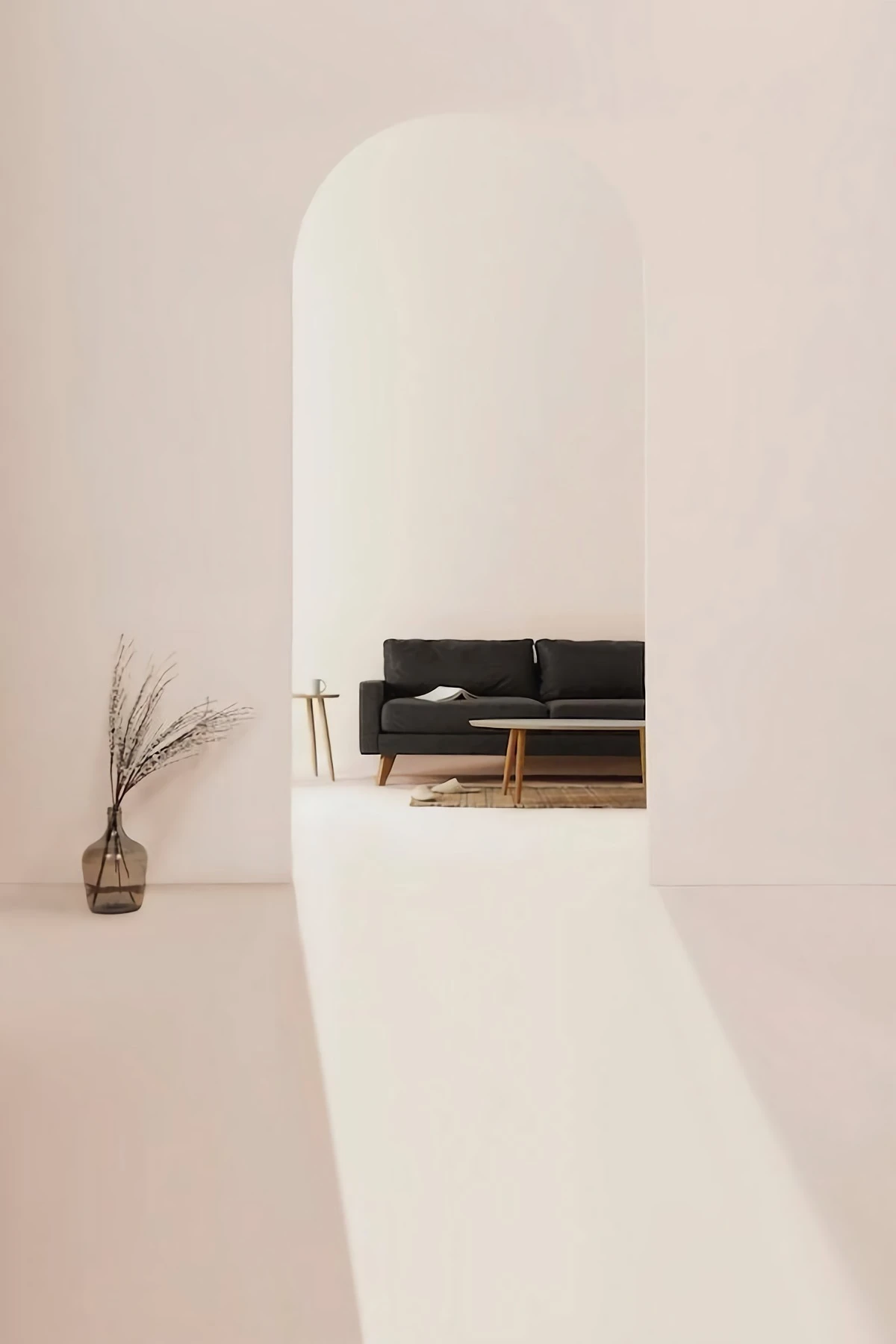
You also have to be brutally honest about what you actually do in there. Is it for big parties, or is it usually just you and the family? Do the kids need a clear zone on the floor for their LEGO creations? Do you crave a quiet corner to read? Answering these questions guides every single decision. A room meant for quiet reading is going to have a totally different setup than one built for weekly movie nights.
A Pro’s Trick for Planning Your Layout
Never, ever guess about furniture placement. You have to draw it to scale. The old-school way is with graph paper (let each square be 6 inches or a foot), and honestly, it still works great. Measure your room, sketch it out, and make little paper cutouts for your furniture.
But if you’re more of a digital person, there are some fantastic free tools that make this a breeze. Check out sites like Floorplanner.com or the IKEA Home Planner. You can plug in your room’s dimensions and just drag and drop furniture to see how it fits. It’s a game-changer for preventing very expensive “oops” moments, like realizing the sectional you ordered will block the only sunny window.
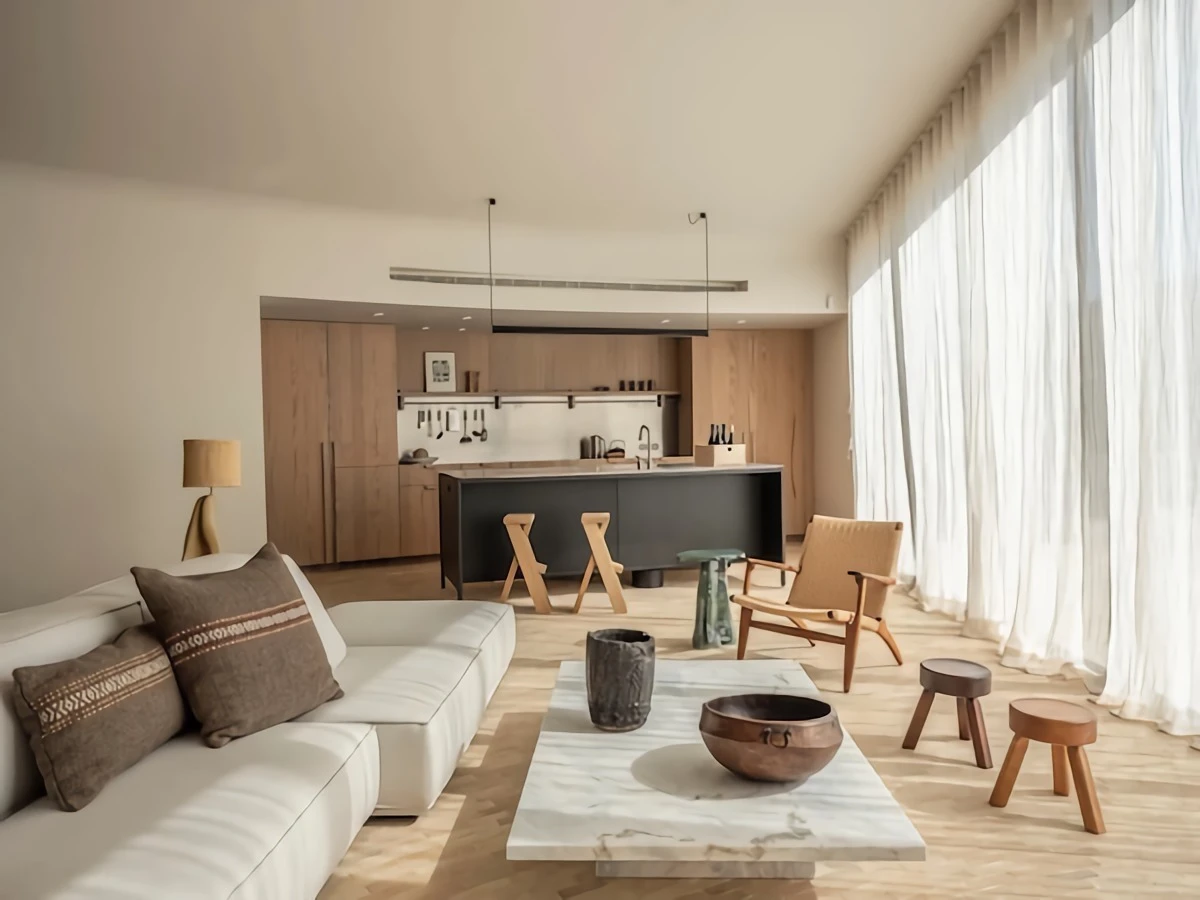
When you arrange the furniture, think in zones. A big living room might have a main conversation area, a small reading nook, and maybe a game table. For conversations to feel natural, seats should be no more than 8 feet apart. It’s a simple rule of thumb that prevents people from having to shout across the room.
Choosing Materials: The Soul of Your Room
Materials are what give a room its soul. They bring in texture, color, and a sense of permanence. This whole
Inspiration:
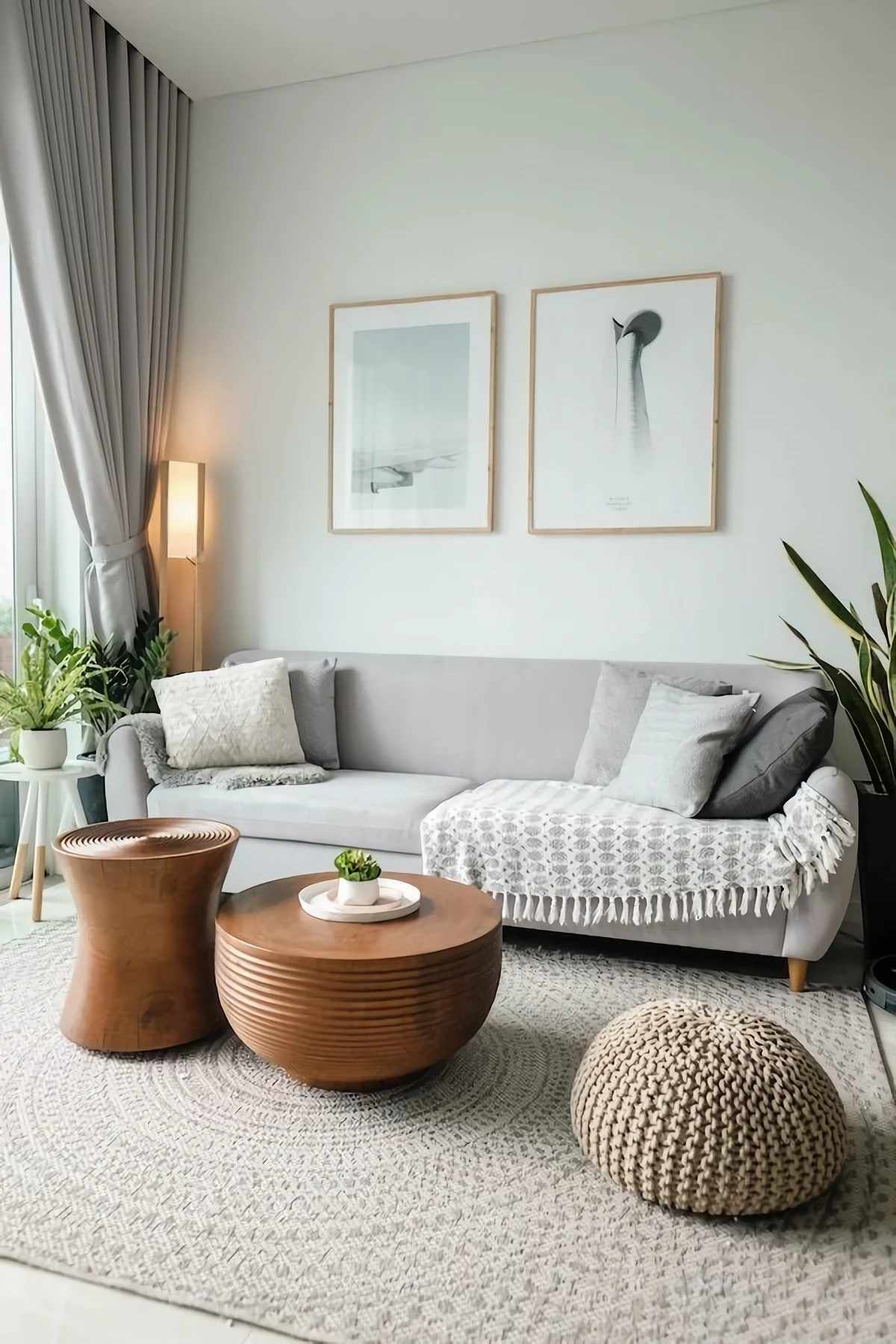
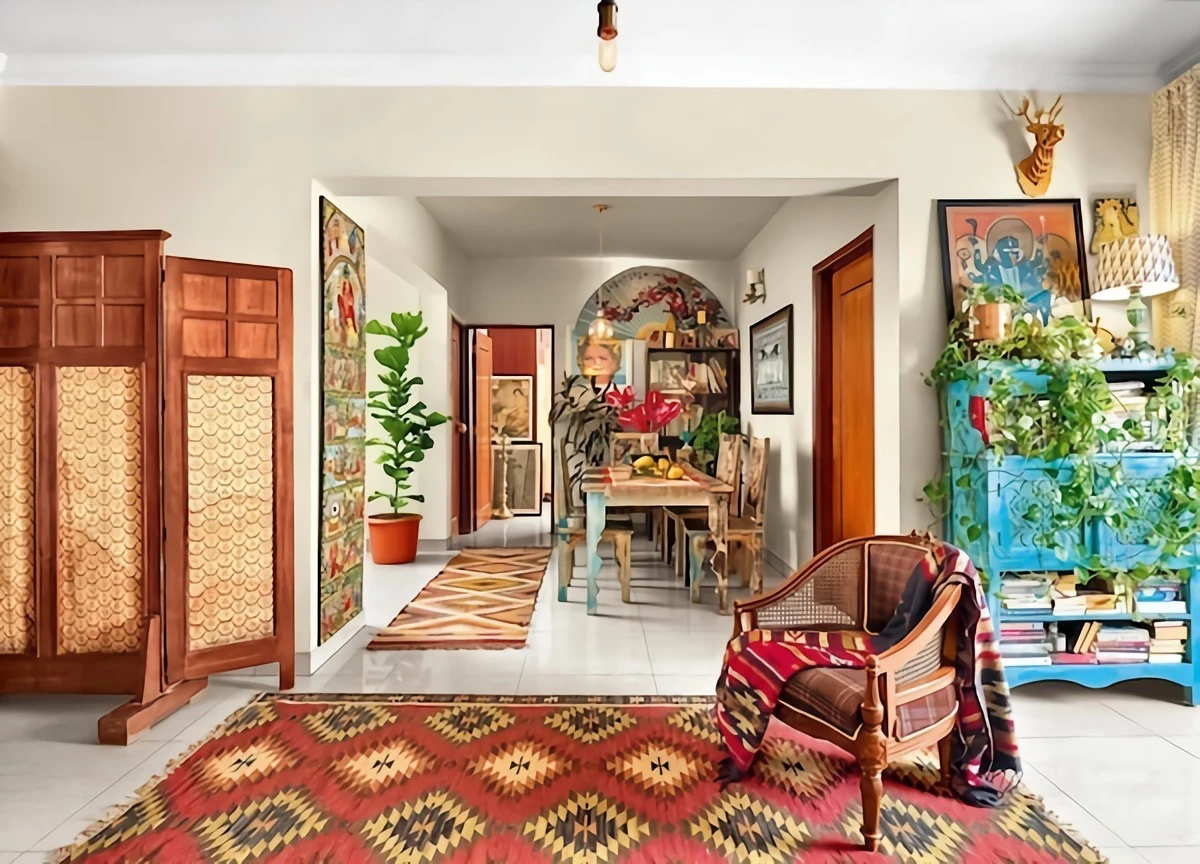
The one piece to splurge on: Your sofa. It’s the functional and visual anchor of your living room. Instead of a trendy shape or color, invest in a classic silhouette with high-quality construction. Look for a solid hardwood frame (kiln-dried is best) and durable, natural-fiber upholstery like a linen blend or top-grain leather. A model like the Maxwell from Restoration Hardware or the Sven from Article offers a timeless shape that will outlast any fad.
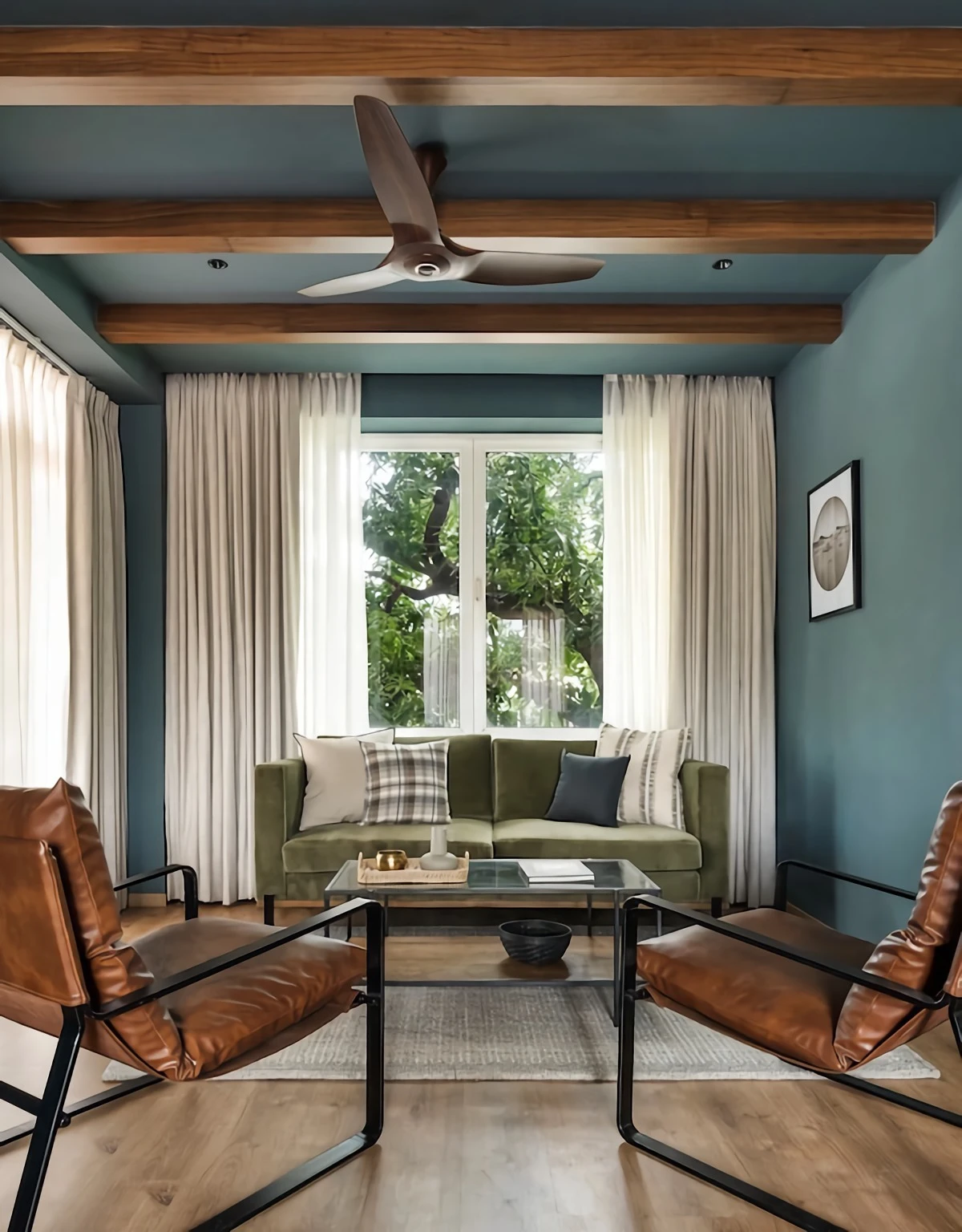
A room’s lighting should come from multiple sources, not just the ceiling. A floor lamp, a table lamp, and a sconce create pockets of light that make a space feel warm and intimate.
This principle, known as “layered lighting,” is the secret to a professional-looking space. It allows you to adjust the mood from bright and functional to soft and relaxing. Think of your overhead light as general illumination, a floor lamp for a specific task like reading, and a small accent lamp on a console to add a warm glow.
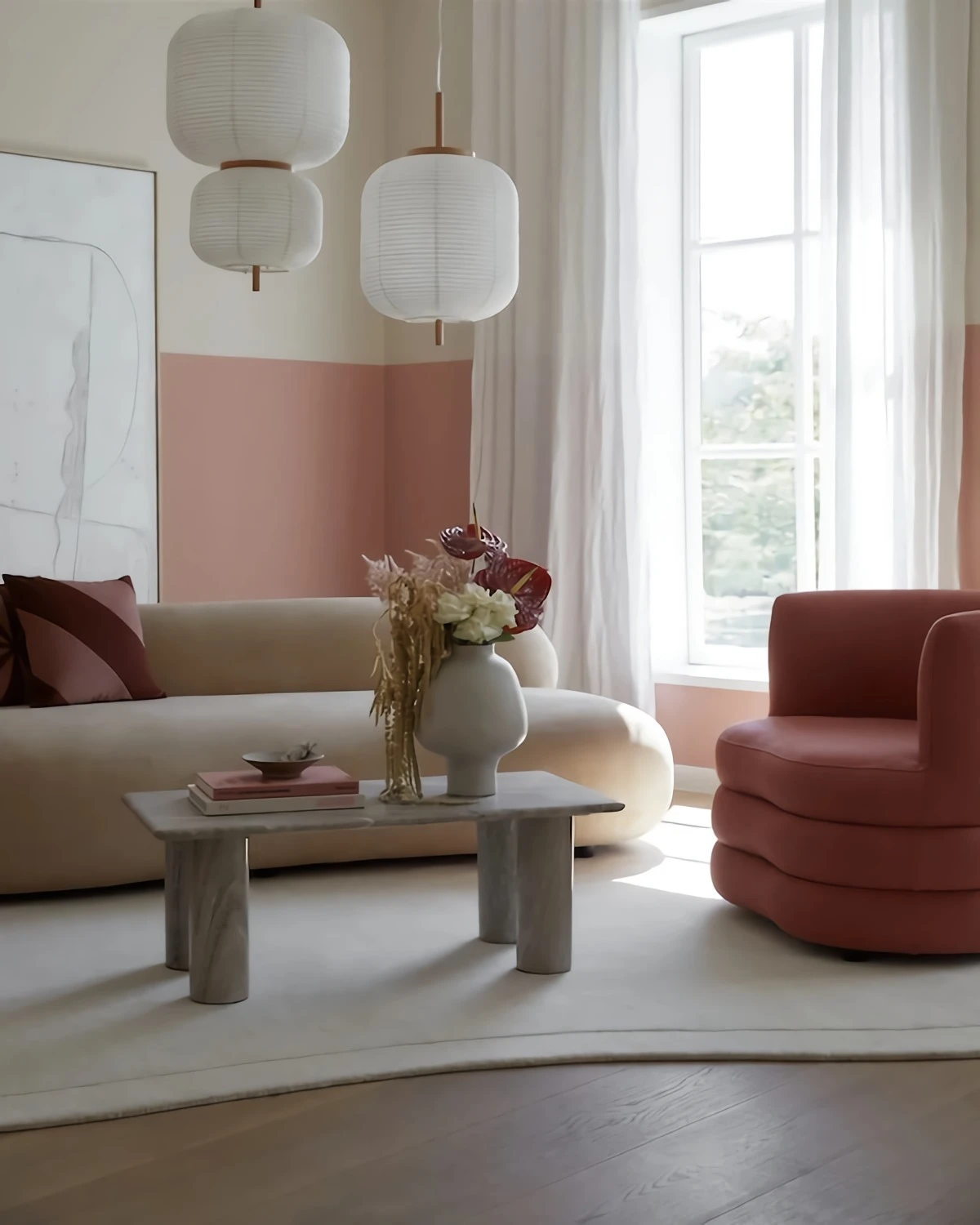
- Develops a rich, unique patina over time.
- Scratches and nicks can be repaired or add to its character.
- Maintains its value far better than mass-produced alternatives.
The secret? Choosing furniture made of solid wood. While a laminate coffee table might look good for a year, a solid oak or walnut piece from a brand like Ethnicraft or even a lucky flea market find is an investment that truly gets better with age.
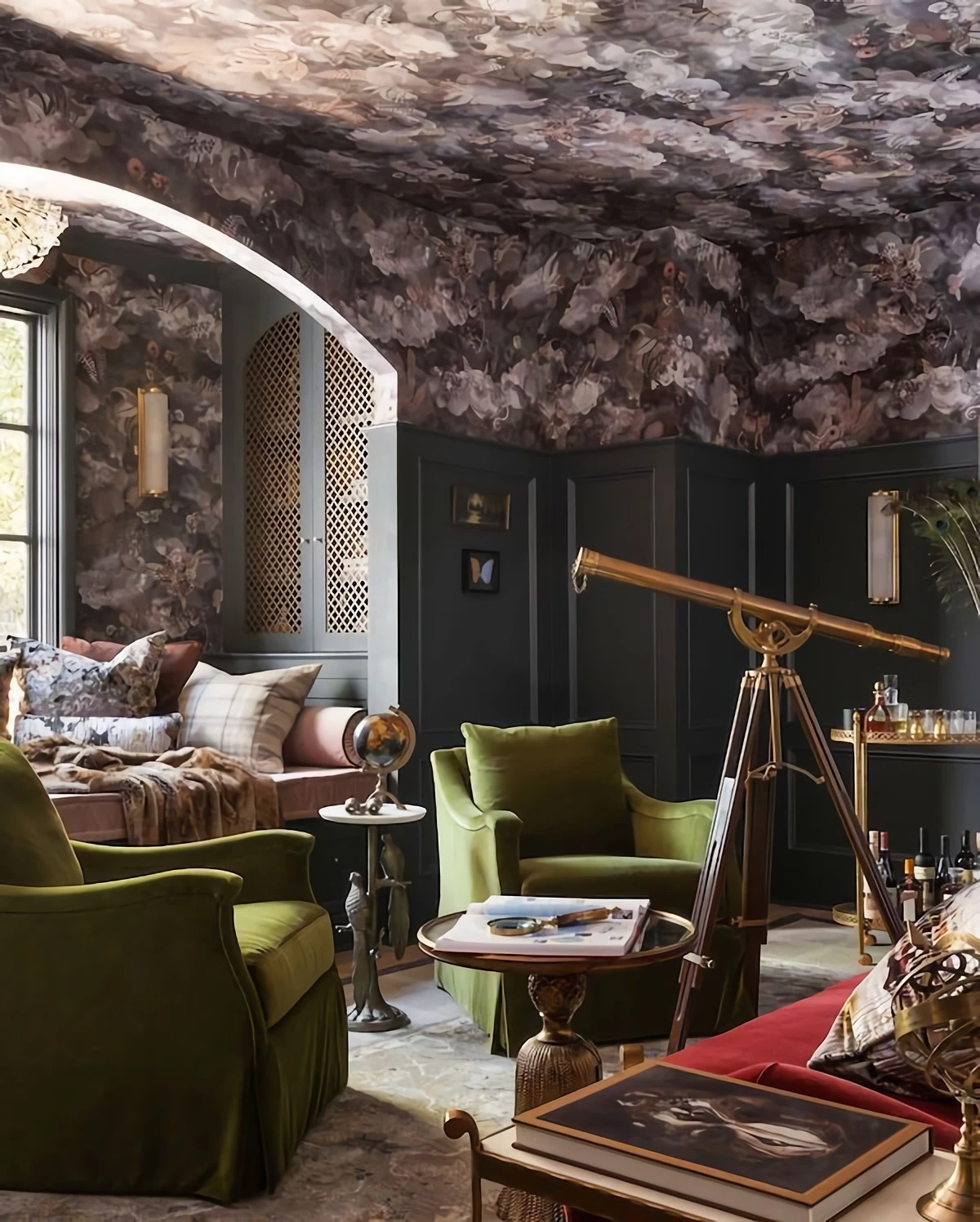
How do I choose a rug that won’t feel dated in five years?
Focus on material and pattern over color trends. A high-quality wool rug is a fantastic long-term choice because it’s incredibly durable, easy to clean, and feels great underfoot. For patterns, look to the classics: subtle geometrics, traditional Persian or Turkish designs, or even a simple, texture-rich solid like a jute or sisal rug. These have been in style for centuries for a reason.
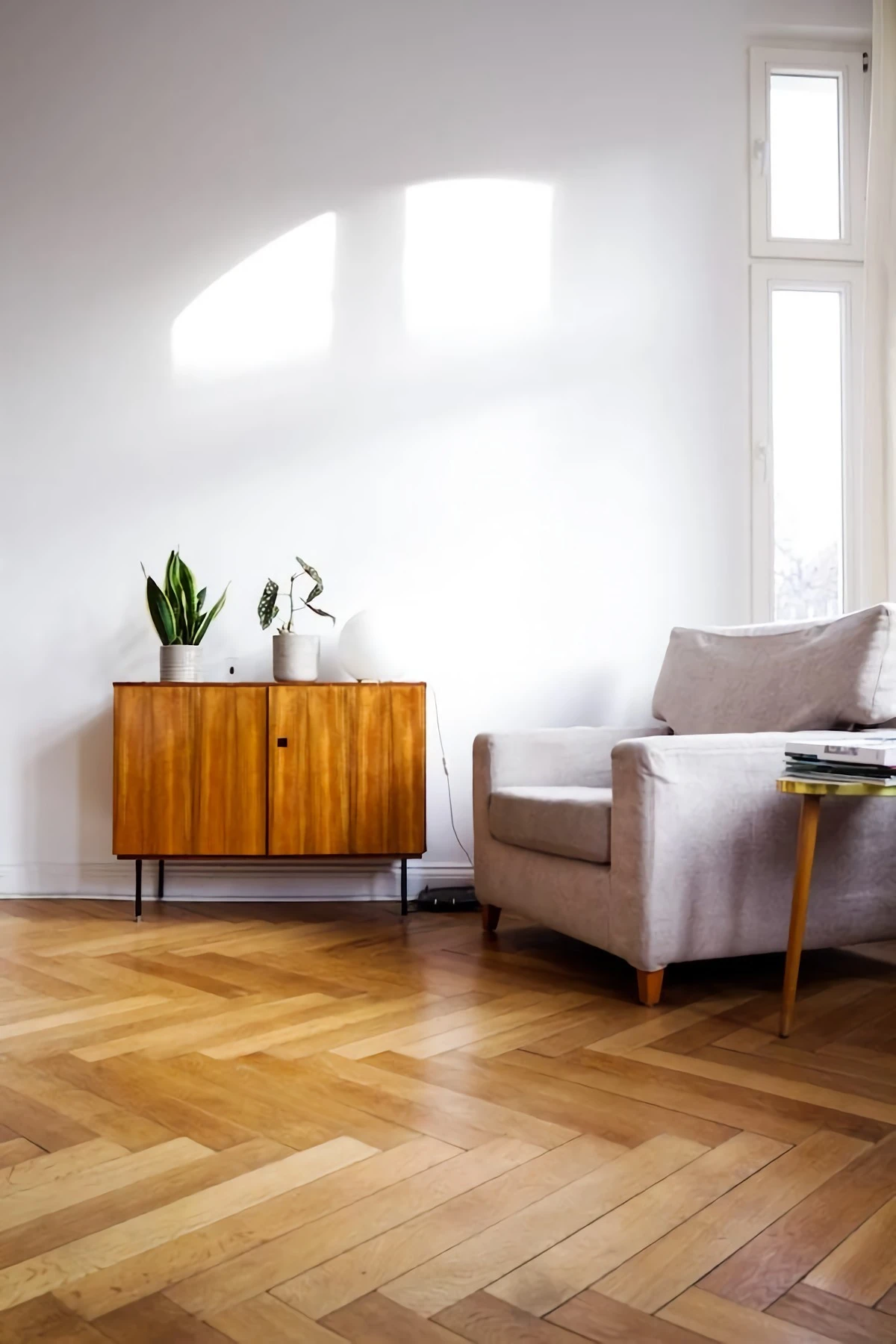
A simple test for your layout: Walk through your living room with a full laundry basket. If you have to twist, turn, or squeeze past furniture, your pathways are too narrow. This real-world check is more effective than any design app for identifying functional problems in your space.
Don’t underestimate the power of personal textiles. That quilt your grandmother made? The throw blanket you bought on a memorable trip? These items tell your story far better than any generic store-bought cushion. Drape them over an armchair or the back of the sofa to inject genuine personality and warmth that no trend can replicate.










